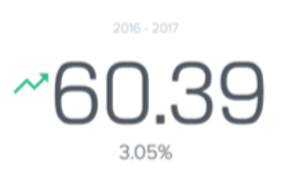LALLLA

How Could IoT Improve Christmas Markets in the Cities
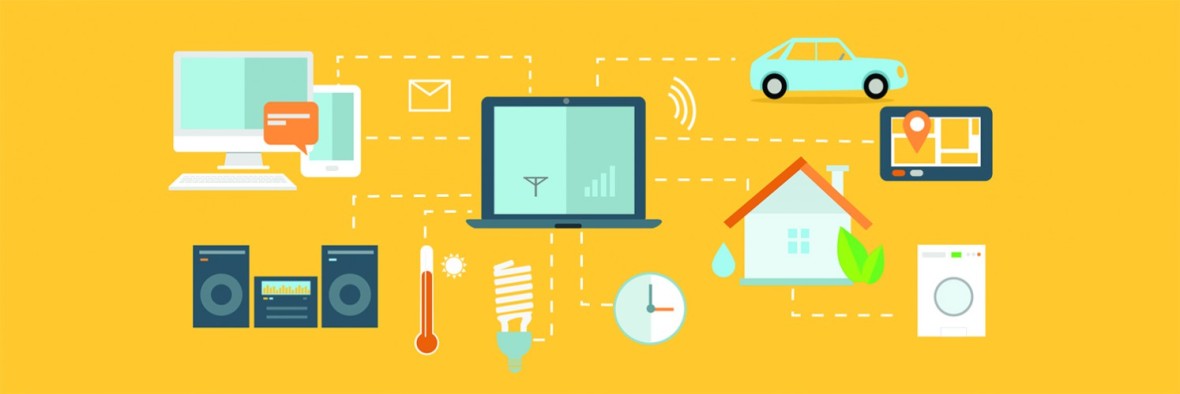
One thing that comes to everyone’s mind when the month of December begins, are Christmas markets. Of course, there’s all the beautiful lights, all the candies and the amazing concerts, but when a Christmas market starts to get busy, an entire city could turn into chaos. You may wonder where’s the connection with IoT. Well, the Internet of Things means more than smart homes and connected appliances, given the fact that it has already started to produce smart cities. Here are a few examples of how IoT could improve Christmas Markets in big cities:
Parking Spots and Traffic
If you’re planning to visit a Christmas market with your loved ones and also thinking of driving there, you’ll face a real challenge when you’ll be searching for a parking spot. IoT could implement a system that allows you to use your car’s dashboard to reserve parking spaces in advance. Such a technology could allow drivers to quickly locate a parking spot, so they don’t have to wonder around the city for hours in the searches for an open one. This system could have a great impact on traffic congestion, especially around the actual spot in the city where the market takes place.
Public Security
Public security is a growing problem for cities worldwide, and unfortunately a lot of suspicious activities and even life-threatening incidents can occur during these events. Good news is that new technology is starting to become available in order to help the police combat crime in the big cities. This technologies could be very useful for the public safety, especially during events such as Christmas markets. One of the big improvements that IoT could bring when it comes to public safety is the fact that there will be zero blind spots in their surveillance network. City authorities would be able to pick up a live feed of a certain incident before they even arrive at the crime scene.
Smart Trash
At the end of every night of a Christmas market event, there are loads of trash inside and most likely outside of the garbage bins. If special sensors would be fitted inside of these bins, the municipal authorities could be notified when they are almost full. Garbage men would receive a text message whenever the bins are either full or damaged. In fact, a system regarding this certain problem is already being used in The Netherlands, Amsterdam being the first ever smart city to produce “Intelligent Bins”.
Christmas Lights
Christmas time just wouldn’t be the same without all the lights and the displays, but all of these decorations can use a lot more electricity than you would think. According to Daily Mail UK, Americans use more electricity for their Christmas lights than some developing countries do all year. Smart cities could adapt technology that reduces the usage of electricity when it comes to Christmas lights, especially for the ones in Christmas markets that usually use a lot of power.
Christmas time can get pretty difficult with all the cleaning, the cooking and the shopping. But even when you want to take some time out and simply enjoy the city, it can also be complicated. Creating smart cities is definitely one of the biggest IoT challenges out there right now. That being said, the great impact that these technologies could have on the organization of Christmas markets, is just an example of thousands of existent benefits.
Unusual Applications for 3D Printing
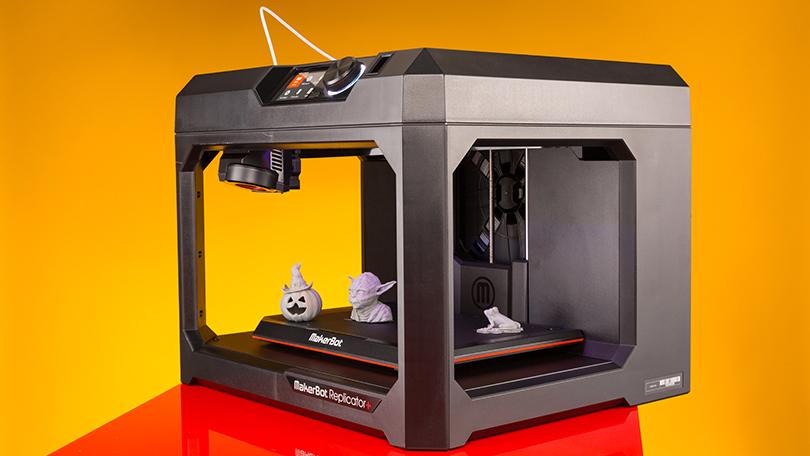
It’s been said that 3D printing is going to revolutionise global manufacturing and in some ways, transform the way we live. The inventor of 3D printing, a man by the name of Chuck Hull, used his invention for the first time in 1983 by printing an eyewash cup. Since then, the technology of 3D printing has been used to create prosthetics for humans and animals, musical instruments, cars and even body parts. In just three decades, 3D printing has proven to be more than just toys and gimmicks, given the fact that in some particular cases, this technology saved human lives.These are some of the most unusual applications for 3D printing:
Dead People
A group of scientists at the Loughborough University in the U.K. printed a full 3D replica of King Richard lll, who actually died in 1485. This entire operation was possible after the remains of the lost king were identified. The process of reconstructing the dead man’s body was possible just by using his recently found bones. But that is not even the most impressive part! A 3D-manufacturing firm in Belgium printed a full 3D replica of King Tut, the pharaoh mummified since 1323 B.C.
Food
Scientists at the University of Foggia in Italy figured out that 3D printing could be used to create vegetables in different fun shapes, in order to make them enjoyable for little kids. And that is just one example of how we can effectively use 3D printing for food. The whole concept is so big that even researchers at NASA are currently trying to perfect the art of printing 3D food. In the near future, we can expect to have whole meals printed in 3D.
Unborn Babies
This could the next big thing after 4D ultrasound images of babies in the womb and it only costs $800 to print your unborn child out. The idea behind the initial project came in Timmu Toke’s mind after one of his friends wanted to have her baby 3D printed. Timmu says he really thinks that there is a market out there for women who desire to bond with their unborn child. This method is already being used in more than 50 hospitals across countries like Spain, United Kingdom, Denmark and Norway.
Guns
Printing a firearm in 3D is a controversial subject for sure. In the past, these kind of printers were very expensive and not available for anyone to just buy. Today, you can buy a 3D printer for $1000, which means that anyone who has these money and internet connection could print their own gun. According to the FBI, just because this kind of firearms are made out of plastic, it doesn’t mean that they can’t be deadly. Actually, they confirmed that the object can fire bullets capable of piercing someone’s internal organs. It is very obvious how dangerous things could get if these firearms remain legal, but the thought gets even more scary when you think that these guns could possibly slip through metal detectors.
Drugs
In 2016, the FDA, approved a 3D printed drug used for the treatment of epilepsy. But that is just the beginning, given the fact that recent developments in 3D printing could allow patients to print at home any prescription drug. The 3D printing technology could impact the way drugs are created and distributed, in a positive way. It is believed that in 5-10 years, this technology could be available everywhere.
Clothes and shoes
In this case, the technology is more likely used for high end fashion, which requires printing some complex, geometric designs. People in the fashion industry declared that this technology used in the process of making runway clothes it could be as revolutionary as the sewing machine. Also, 3D printing could be such an ease for people with odd-sized feet, who are always struggling to find the right pair of shoes.
The possibilities of using the 3D printing technology are infinite. A good number of the things created by these machines are useless, but some of them actually change the way we live. In fact, when it comes to the medical industry, 3D printing could be the aspect that decides whether you live or not. And it’s not only the medical industry that this technology has impacted in a positive way. There are hundreds of developing projects out there meant to improve the way we live.
Why we need self-driving cars today/pros and cons
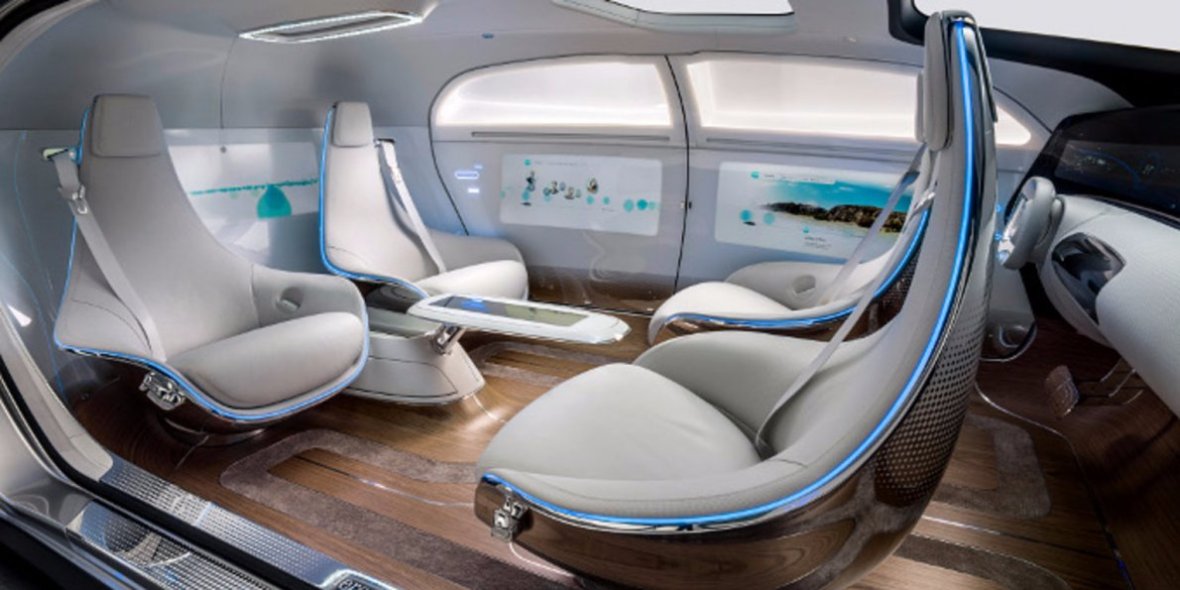
Until relatively recently, self-driving cars, or robotic cars, were the subject of science fiction movies or books. One such car represents the next step after the invention of autonomous cars, which are able to take over from the driver under some certain circumstances. This vehicle is able to avoid obstacles, obey road signs and it also uses a digital map that is constantly updating.
There is no doubt that driverless cars are coming and will definitely improve certain aspects of our lives, but there also is the possibility that they make things worse if improperly managed. Here are some pros and cons of using this kind of vehicles in our daily life:
Pros of Self-Driving Cars:
1.Drivers are the reason why most traffic incidents happen. Even though there are a lot of issues involving mechanics or road deterioration that might occur, drivers themselves are the most dangerous participants to traffic. According to a new research, it turns out that people develop some pretty strange habbits when they get behind the wheel. All of these could become just normal things to do if we were to use self-driving cars. It is believed that driverless vehicles will help reduce the number of traffic accidents by 90 percent.
2.Personal vehicles, public transportation, taxis and many more, when all put together, lead to a chaotic traffic. An IBI Group report shows that self-driving cars could improve public transportation services, given the fact that you would be able to summon one of these cars to pick you up and take you wherever you need to go.
3.Still, the possibility of being stuck in traffic inside one of these driverless cars, is still existent. But even if so, you can use that time more effectively by getting some extra work in or reading a book for example. Since you don’t actually have to pay attention to the traffic, all of these activities become really doable inside of your own car.
4.We all know that steadier speed means less fuel consumption. Of course, if we take things a little bit further, in the distant future, all autonomous cars will be electric. The ones in the near future though, will still rely on fuel.
5.Once we start using these cars, vehicle makers will be able to give up the safety equipment that contributes to the weight of the car, as self-driving makes accidents a rarity. Also, self-driving vehicles will be able to reduce emissions, as computers respond more smoothly than a human being when it comes to the need of accelerating or pushing the brake.
- If you are the kind of person who likes to travel, but doesn’t like to drive long distances, self-driving vehicles could make your life much easier. Travelling with a driverless car means that you could even journey overnight and sleep during the duration of the trip.
Cons of Self-Driving Cars:
1.At first, a driverless car could be out of the price range of most ordinary people. It is estimated that when they will be generally introduced, one car could cost more than $100,000.
- After people get used to the idea that they don’t need to drive anymore, a lot of other people could face the loss of their jobs. We won’t need truck drivers and taxi drivers as much as we need them today.
3.The main reason why this kind of vehicles are being invented is to improve road safety, but it is also suggested that the transition period, when both self-driving cars and traditional cars are on the road, could actually make things a little worse for a while. The level of confusion will be pretty high and some traffic accidents might still occur as we try to get used to the capabilities of these vehicles.
4.Given the fact that the self-driving vehicle would be operated by a computer, the majority of information would have to be stored on the software, so that’s why a lot of people are questioning how safe it is to own one of these cars. This technology will be of very high interest to hackers, who are able to collect your personal data.
The idea of being able to do anything we want inside of a car while we get to work or while travelling is very appealing to all of us, indeed. But this technology is still being developed and tested, so there are still a lot of questions and concerns about it.
How Does Technology Benefit Your Health?

Ever since the introduction of computers, all we hear is how technology has such a negative impact on our lives. Having all these machines and robots around us that can do almost anything, makes us sit in front of a computer all day. Even though technology made us create a sedentary lifestyle which is definitely not in our favor, when it comes to the health industry, there are a lot of good things that come along with it. Here are some ways technology benefits your health:
Health Insurance Industry
New technology brings a lot of changes to the health insurance industry every day. In comparison to the old paper-based system used by health insurance providers, the current one allows us to use web-tools, all sorts of payment options or electronic claim filing that really benefits the way we handle our health insurance. Taxe HICAPS for example, an Australian electronic system your healthcare provider uses to instantaneously process your health claims at the time of payment. Also, this system can cover extra services on your health insurance like: dental, chiropractic, acupuncture and many others.
Medical Devices
According to SelectUSA, there are more than 6,500 medical device companies in the United States alone. There comes a time in your life when you reach a certain age or when an unfortunate event happens to you and a part of your body is not working as it should. In the last few decades, technology has developed incredible devices that can be placed inside or outside of your body, in order to make it work properly. Think about the pacemaker and what a great impact it had on those with heart problems. Another great example are bypass machines, used throughout surgeries to protect the patient while undergoing transplants or any other intervention.
Better Treatment
Vaccinations and other medical advances have completely eradicated the likes of some affections that are now considered minor, like smallpox. People are now able to do research and come up with treatments without using animals or other humans, all that thanks to technology. One of the best examples is the HIV treatment, which is now at a point where the virus does not have to develop into AIDS.
Better Diagnosis
According to the Institute of Medicine, most people will suffer from at least one wrong or delayed medical diagnosis during their lifetime. Thanks to technology, doctors are now able to predict if you are more likely to suffer from a certain type of disease. We are now able to find out if we could get a disease later in life or if a current symptom that we have could develop a condition. All the information about a patient’s health is kept in one place, which makes it way easier for a doctor to predict what will happen and help you avoid certain medical issues or even death.
There is no denying that technology can have a negative impact on our lives, but it has helped to improve our health and will continue to do so as long as advancements are being made. According to Statista, the entire medical technology industry is now worth $336.2 billion worldwide. Technology makes it easier for us to track our health, to track what we eat and how well we exercise, to get in contact with doctors whenever we need to and most cases it can actually save our lives.
5 things you need to know before starting your first IoT project
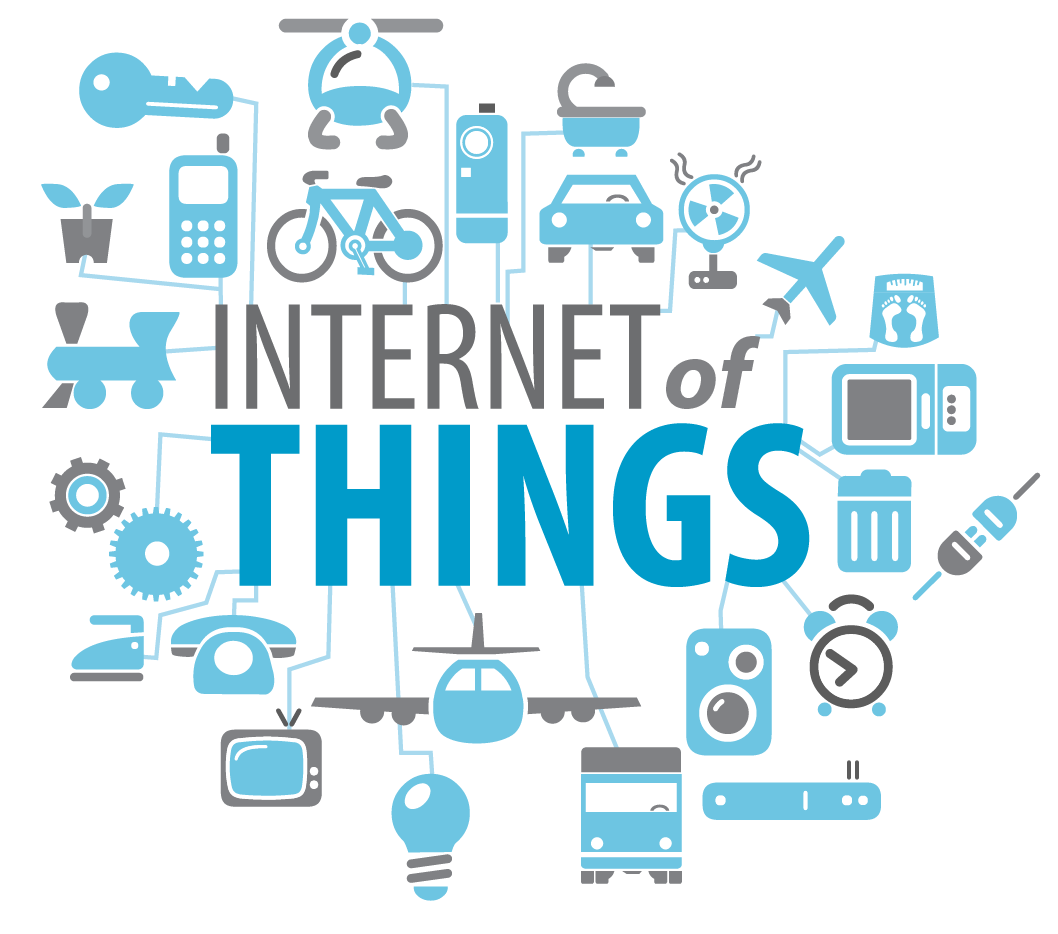
An Internet of Things (IoT) project can be a baggage tracker, a facial recognition door or even a person with a heart monitor implant. The IoT involves the connection of devices, but not necessarily typical ones, like computers and smartphones, to the Internet. Cars, kitchen appliances, and even heart monitors can all be connected through the IoT. Here are 5 things you need to know before you get started with your own project.
1.Solve a problem that people care about
A recent Cisco survey revealed that nearly three quarters of IoT projects are not successful. That is why it is very important for you to make your project relevant by addressing a real need. Over the years, a big part of our lives has been affected by the IoT (in a good way), it solving real world problems involving: security, temperature control and green living, just to name a few.
2.IoT development platforms
Before you start, you will need a platform for the product development team. There are many ways to link IoT devices to applications, but one of the best is by using an IoT application enablement platform (AEP). An AEP can provide the entire foundation of your project: communication, data storage, management, application building and enablement, user interface security and analytics.
3.Team work
Giving the fact that you are in your early stages as an IoT adopter, your organizational skills will be limited. You can work your way around this issue by using a team time tracking software. This kind of software offers tools that help you see in real-time who is working on which task. This way you can improve team performance and efficiency, boost productivity and build your project in a healthy work environment. You can get more information on one such software by accessing this link : https://moneypenny.me/en/live -time-tracking).
4.Phase the project and be flexible
Break the project into manageable phases, taking into consideration that your first IoT projects will be a significant learning experience. For beginners, one big issue is that you know some things, but you don’t exactly know what you don’t know. Try to be flexible and to adapt easily to change. And more importantly, prepare the people you work with to expect change too.
5.Test often
Testing is always imperative when it comes to large technology projects, but unfortunately it is not always handled as it should be. The best way to solve this problem is by having a dedicated test team. Allocate time in your schedule for this essential activity. You don’t want your project to be rejected by the users because you left the testing part to be carried out by them. User testing should be a high-level validation of the product.
The Internet of Things has been labeled as “the next Industrial Revolution”, being estimated that there will be 34 billion devices connected to the internet by 2020. Because it will change the way people live, work, entertain and travel, nearly $6 trillion will be spent on IoT solutions over the next five years. Taking into consideration everything you have learned from the list of things that we shared, you are ready to make a change and start your first IoT project.

